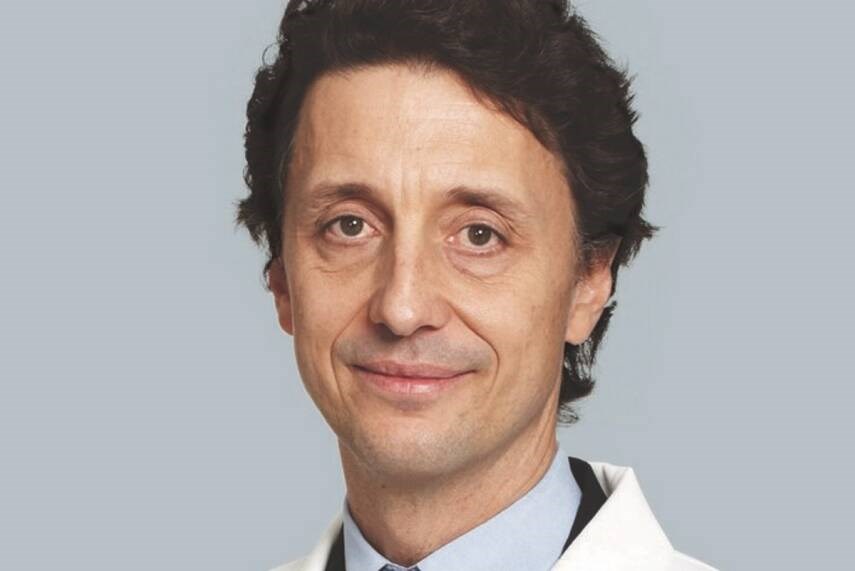Dear Dr. Roach: I’m a 79-year-old healthy female. My doctor advised me to have a CT scan due to the bump above my head and the fact that I might have a brain bleed. Since I had quite a few regular X-rays in the past, I really did not want to do a brain scan. The technician advised me that the scan would take only 2 minutes.
When I was under the scan, I told the technician that it seemed longer than 2 minutes, but he said he was doing a facial scan as well. Since the doctor only told me about doing the brain scan, I was really concerned about the additional radiation I picked up. I have since learned that scans should be done six to 12 weeks apart. I’m very upset about this. The doctor said that CT scans do not seem to affect older people. Is this true?
P.S.
Radiation is invisible, and since high doses of it can be lethal, it is scary to most people. However, the amount people get from medical procedures is generally small and not very dangerous.
We all are exposed to some radiation every day. Building materials contain radioactive isotopes, and we are being hit by radiation from space every day. On average, we receive about 3 millisieverts (mSv) of radiation per year. We absorb about 0.1 mSv of radiation from a chest X-ray, while a CT scan of the brain roughly contains 1.6 mSv. A combination brain and face scan is probably close to 3 mSv. So, you received about a year’s worth of daily radiation exposure from those scans.
To put that in perspective, think about people who get radiation treatment for cancer. A person with breast cancer will get about 1,800 mSv per treatment and might get a total of 40,000 mSv over five weeks. That’s very roughly the equivalent of 15,000 CT scans!
Of course, a person getting that much radiation will have side effects, and their risk of developing cancer increases by a few percentage points. By contrast, the increased risk from the scans that you had is very small. An online calculator (tinyurl.com/Xrayrisk) estimates your risk of developing cancer from your scans to be at approximately 0.0045%, or about one person per 22,000.
Younger people are at a higher risk than older people because the risk accrues over decades, and younger people have longer expected life spans. Furthermore, rapidly growing cells (such as in children) are more sensitive to radiation damage.
We still need to remain mindful about the radiation dose when considering scans that use ionizing radiation (like X-rays and CT scans, but not ultrasounds or MRIs). Even if the risk to an individual is small, the vast number of X-rays and scans probably does contribute to cancer.
Clinicians should only order a medical test when the expected benefit outweighs the risks. They are only recommended for a subset of people with head trauma, but a bleed inside of the brain is very dangerous. We tend to get them after even minimal trauma to the head.
Dr. Roach Writes: A recent column on new onset headaches in an older adult generated many letters. There were two suggestions I wanted to highlight:
Several readers with this symptom noted that they were diagnosed with mild sleep apnea, and the headaches stopped as soon as they started therapy. Others noted that a glass or two of water made the headaches go away.
Dr. Roach regrets that he is unable to answer individual letters, but will incorporate them in the column whenever possible. Readers may email questions to ToYourGoodHealth@med.cornell.edu



